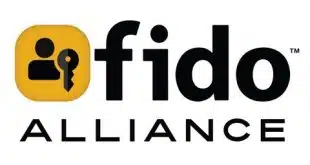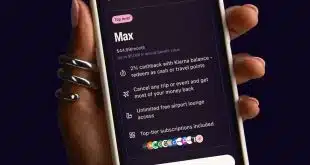Consumers and merchants can count the seconds it takes to complete an EMV chip card transaction, and now payments provider Cayan LLC has quantified the total cost in hours: 116 million.
That is Boston-based Cayan’s estimate of how much more time consumers will spend at the checkout completing EMV transactions this year. Of course, the process ties up cashiers, too.
Cayan’s calculation assumes there are 26.2 billion annual credit card transactions, as provided by the Federal Reserve System, that each take 16 seconds. Multiplying these figures produces a total of more than 419 billion seconds, which is divided by 3,600—the total number of seconds in an hour—to arrive at the more than 116-million-hour estimate.
In comparison, the same volume of magnetic stripe-only transactions, assuming a three-second transaction time, amounts to more than 21.8 million hours.
Consumer impatience and perception of long lines—even in the mag-stripe only days—has always worried merchants, who fear losing sales. Consumers often won’t wait long to complete a purchase, but merchants can’t simply add more lines, Cayan says, because hiring more employees creates additional expenses. The retailer must pay for the checkout aisle and point-of-sale equipment, and relinquish floor space, too.
Cayan says the better option is to subtract time from the transaction.
“There is nothing inherently slow about processing a transaction with an EMV chip card,” Marc Castrechini, Cayan vice president of product management, says in an email to Digital Transactions News. “Cayan’s developers in Belfast, Northern Ireland, have been using EMV for years, during which they have spent time researching the most efficient way to read and process information from the chip (implemented with customer experience in mind). The result has been much faster EMV transaction times, typically less than 4 seconds, which is comparable to mag-stripe transactions.”
The U.S. EMV rollout is far from over, too. Point-of-sale terminal maker VeriFone Systems Inc. estimates that by year’s end there still will be approximately 5 million U.S. POS terminals needing upgrades to handle EMV chip cards.
And many acquirers and processors are in the midst of incorporating a quicker chip standard from most of the card brands. Dubbed Quick Chip by Visa Inc., M/Chip Fast by MasterCard Inc., and Discover Quick Chip from Discover Financial Services, these efforts are meant to compress the time before a consumer can remove his chip card from a POS terminal.
“There is no question Quick Chip and M/Chip technology will help in achieving more acceptable transaction times,” Castrechini says. “But it’s important to note that these ‘quick’ chip options don’t address the root cause of the EMV user experience fail. The reality is this technology only addresses the chip interaction time (i.e. only enabling the cardholder to remove the card before transaction completion).” In other words, the various quick-chip technologies don’t address “helping speed up total transaction time if the system has been poorly implemented, as it has been today,” he says.
Merchants and consumers must also contend with an uncertain availability of EMV-certified hardware and software, something that Castrechini says requires significant consumer and employee training and messaging, “especially because not all stores are EMV-compliant, which can cause confusion at the checkout counter, and because a customer’s ability to dip instead of swipe likely varies from store to store.”





